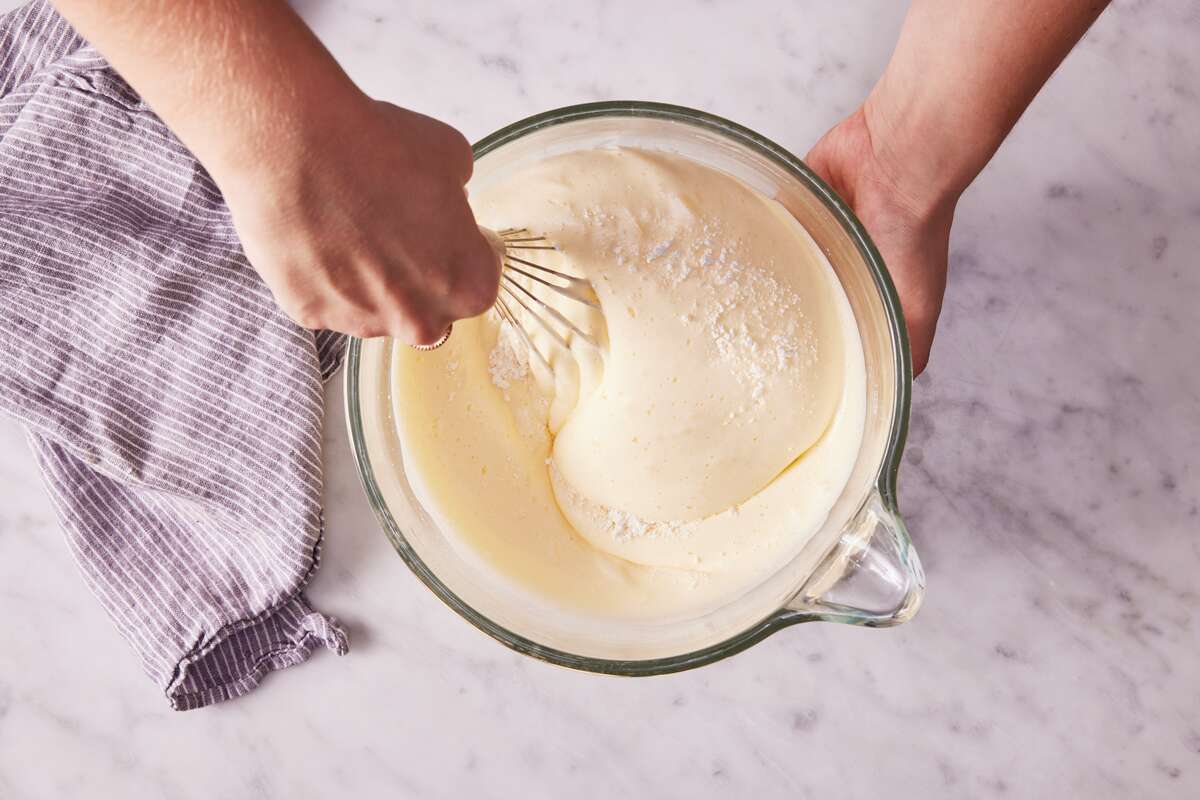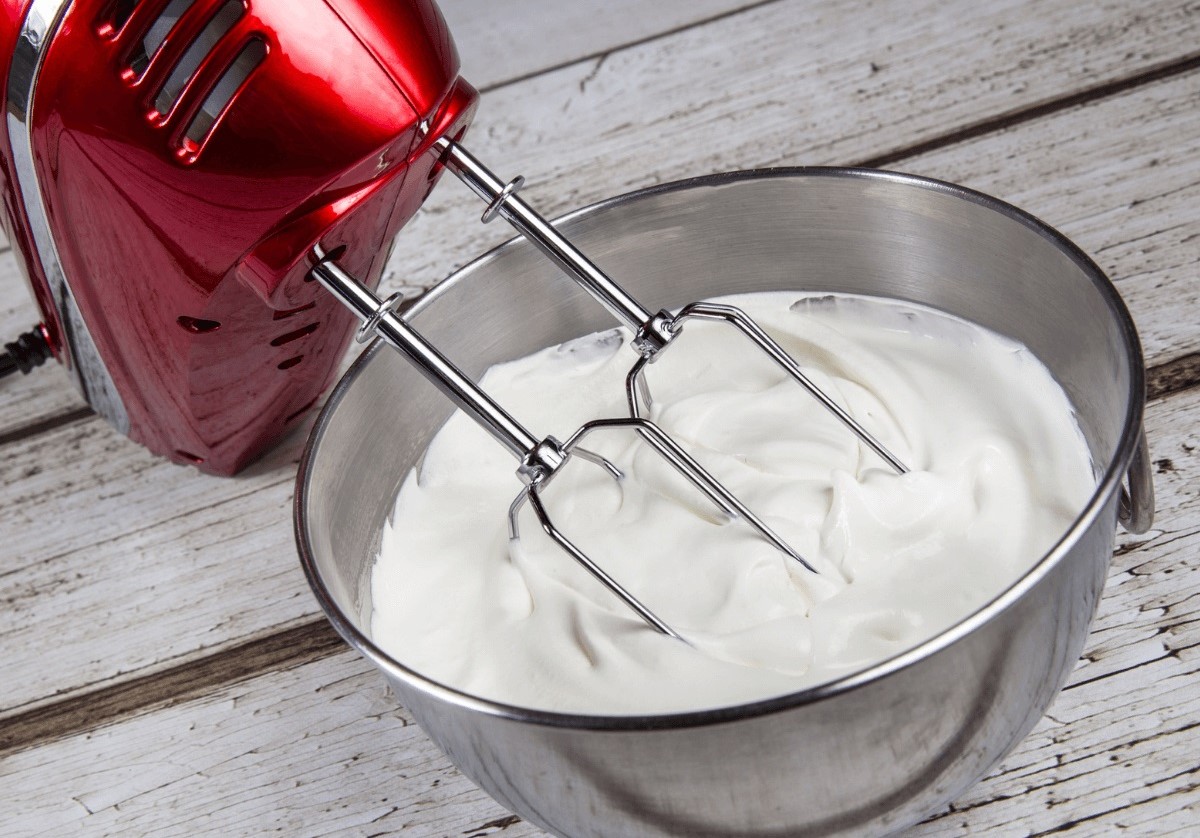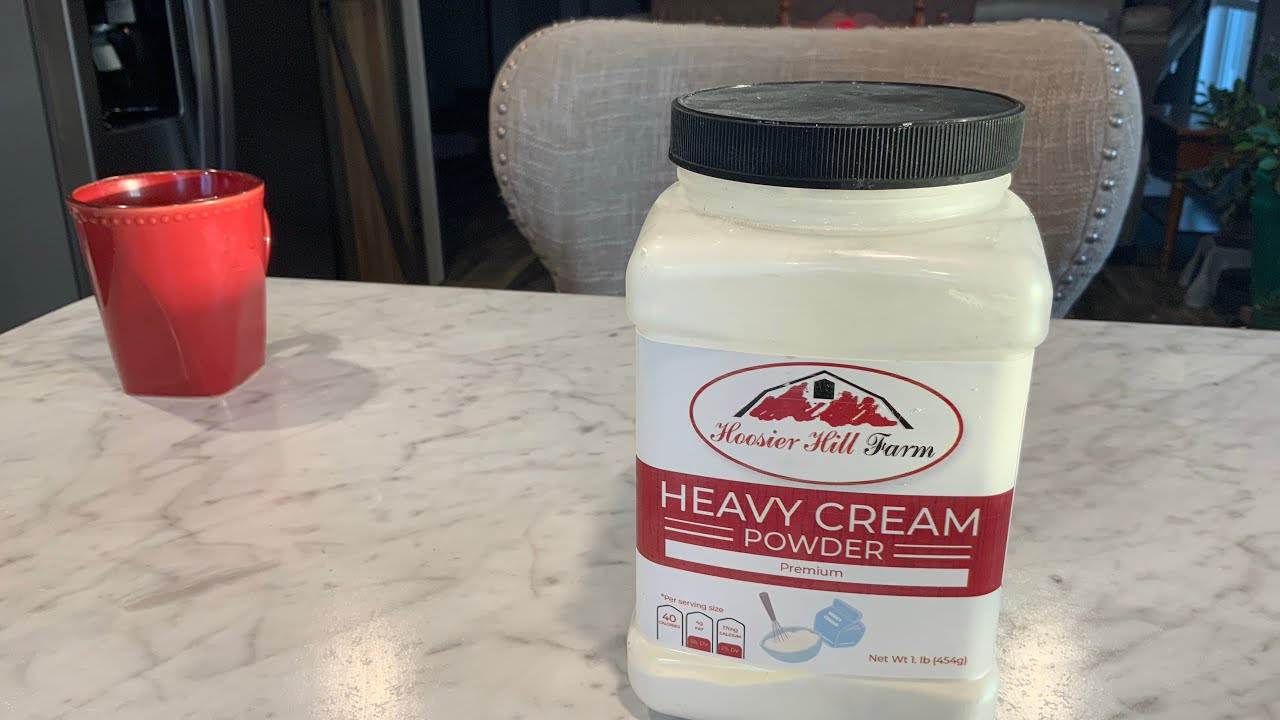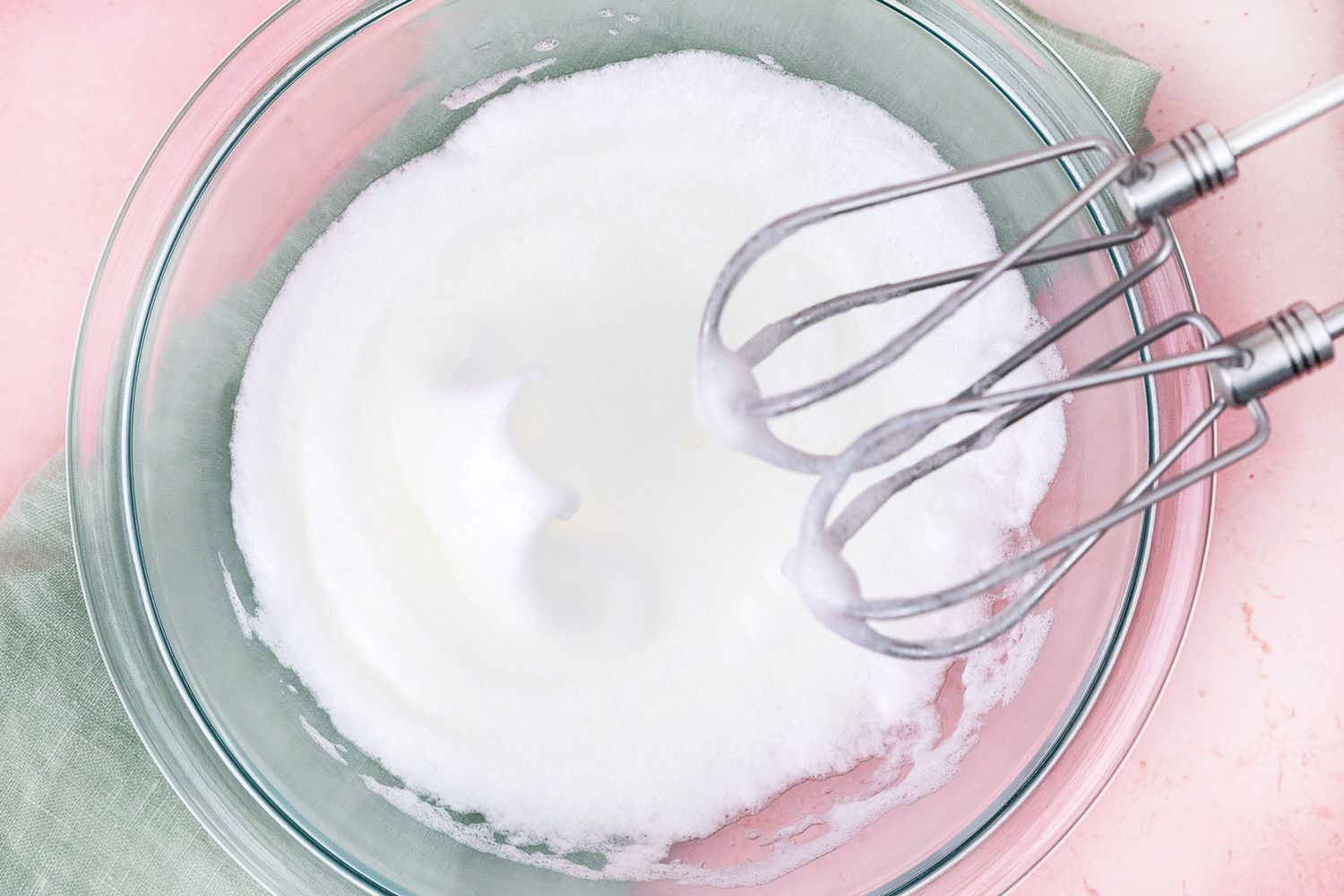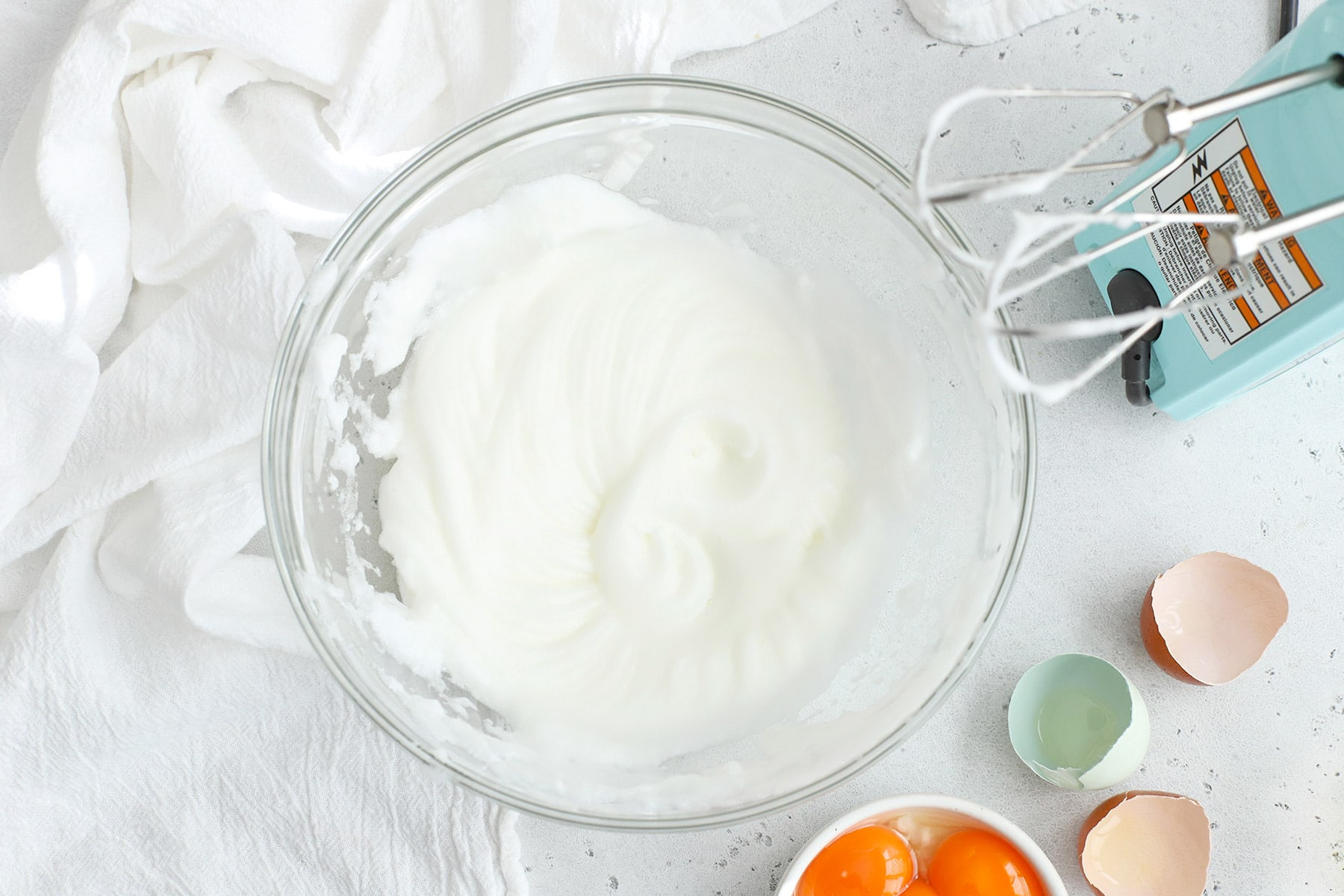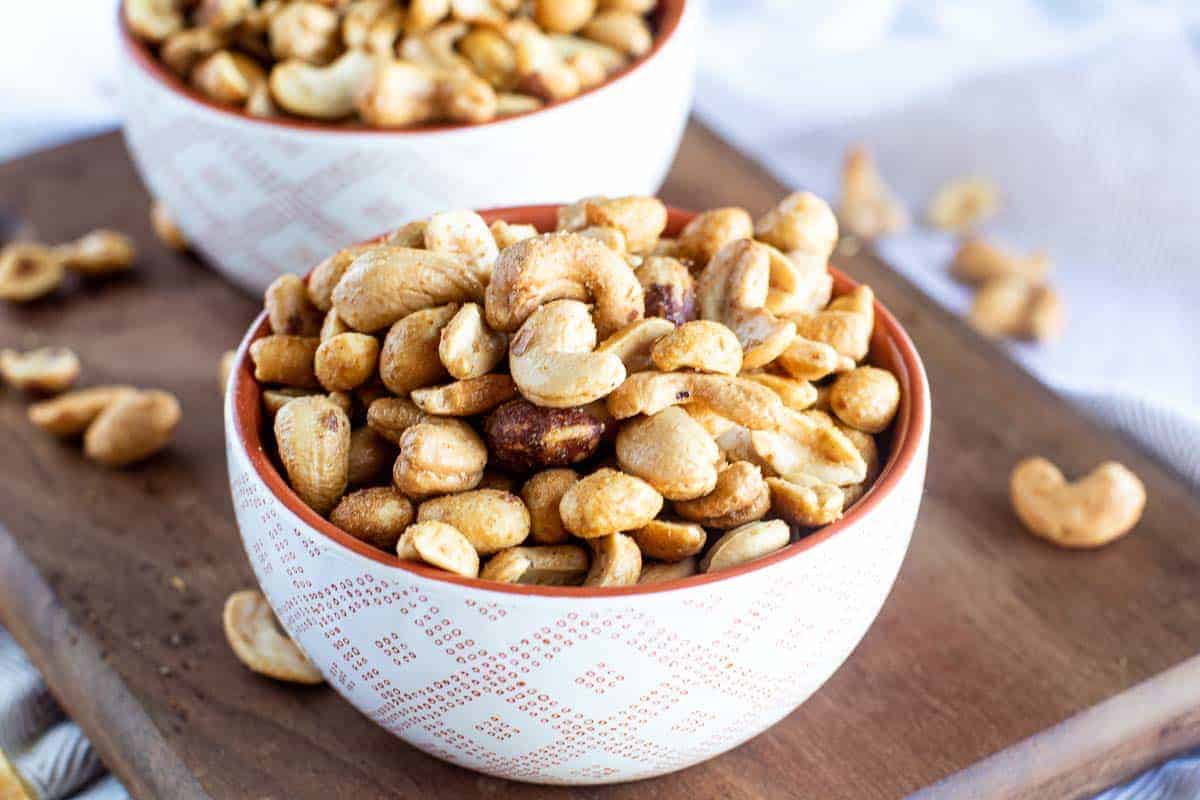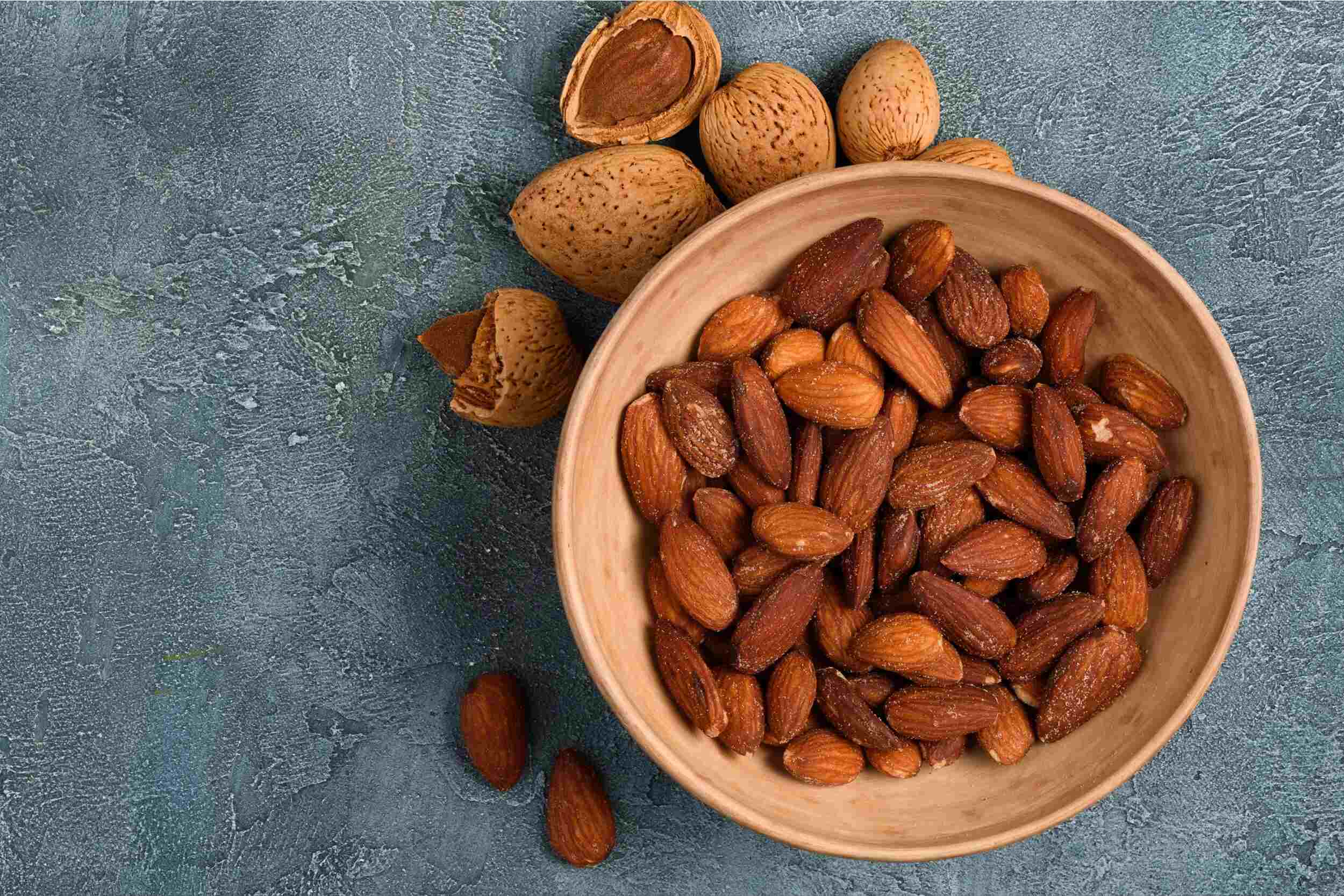Whipping Egg Whites and Sugar: A Culinary Masterpiece
Whipping egg whites and sugar to create fluffy, cloud-like peaks is a fundamental skill in the world of baking and pastry. Whether you’re making a delicate meringue, a light and airy soufflé, or a classic pavlova, knowing how to whip egg whites and sugar to the perfect consistency is essential for achieving the desired texture and structure in your baked goods.
So, how do you whip egg whites and sugar to perfection? Let’s dive into the process and explore some tips for achieving the best results.
Choosing the Right Equipment
Before you start whipping, it’s important to ensure that you have the right equipment. Here’s what you’ll need:
- A clean, dry mixing bowl (preferably stainless steel or glass)
- A whisk or electric mixer with a whisk attachment
- Fresh, room temperature egg whites
- Granulated sugar
Having the proper equipment and ingredients laid out will set you up for success as you embark on the whipping process.
The Whipping Process
Now that you have everything ready, it’s time to start whipping. Follow these steps for best results:
- Start with Clean Equipment: Ensure that your mixing bowl and whisk are clean and free of any grease or residue, as any impurities can prevent the egg whites from reaching their full volume.
- Whip at the Right Speed: If using an electric mixer, start at a low speed and gradually increase to high speed as the egg whites begin to foam. This gradual process allows for a more stable foam to form.
- Add Sugar Gradually: Once the egg whites have reached the soft peak stage, gradually add the granulated sugar, a little at a time, while continuing to whip. This gradual addition helps the sugar to dissolve evenly and creates a stable, glossy meringue.
- Observe the Texture: Keep a close eye on the texture of the mixture. The goal is to achieve stiff, glossy peaks that hold their shape when the whisk is lifted. Be careful not to over-whip, as this can lead to a dry and grainy meringue.
Tips for Success
Whipping egg whites and sugar may seem straightforward, but there are a few additional tips that can help you achieve the best results:
- Room Temperature Egg Whites: Using egg whites at room temperature allows them to whip up to a greater volume, resulting in a more stable foam.
- Avoid Any Traces of Yolk: When separating the eggs, ensure that no traces of yolk make their way into the whites, as even a small amount of fat can hinder the whipping process.
- Use Cream of Tartar: Adding a small amount of cream of tartar to the egg whites before whipping can help stabilize the foam and prevent overbeating.
- Choose the Right Sugar: While granulated sugar is commonly used, you can also experiment with superfine or caster sugar for a smoother meringue.
Conclusion
Mastering the art of whipping egg whites and sugar opens up a world of possibilities in the realm of baking and pastry. Whether you’re creating a light and airy confection or a show-stopping dessert, understanding the techniques and nuances of whipping egg whites and sugar is key to achieving the perfect result. With the right equipment, careful attention to texture, and a few expert tips, you’ll be well on your way to creating stunning, ethereal treats that are sure to impress.
For those looking to master the skill of whipping egg whites and sugar, there are several recipes that can put this technique to the test. Start with a Pavlova with Fresh Berries, which provides a perfect balance of crispy exterior and soft, marshmallow-like interior. Next, try your hand at Eton Mess, a delightful mix of meringue, strawberries, and cream. For a more challenging yet rewarding bake, the Japanese Cotton Cheesecake offers a light, fluffy texture that showcases the delicate nature of well-whipped egg whites. If you want to impress with a classic, the Classic French Meringue Cookies are a must-try, offering a simple yet elegant treat. Each of these recipes not only highlights the importance of properly whipping egg whites but also rewards with delicious results.
Was this page helpful?
Read Next: How To Whip Egg Whites In A Blender
